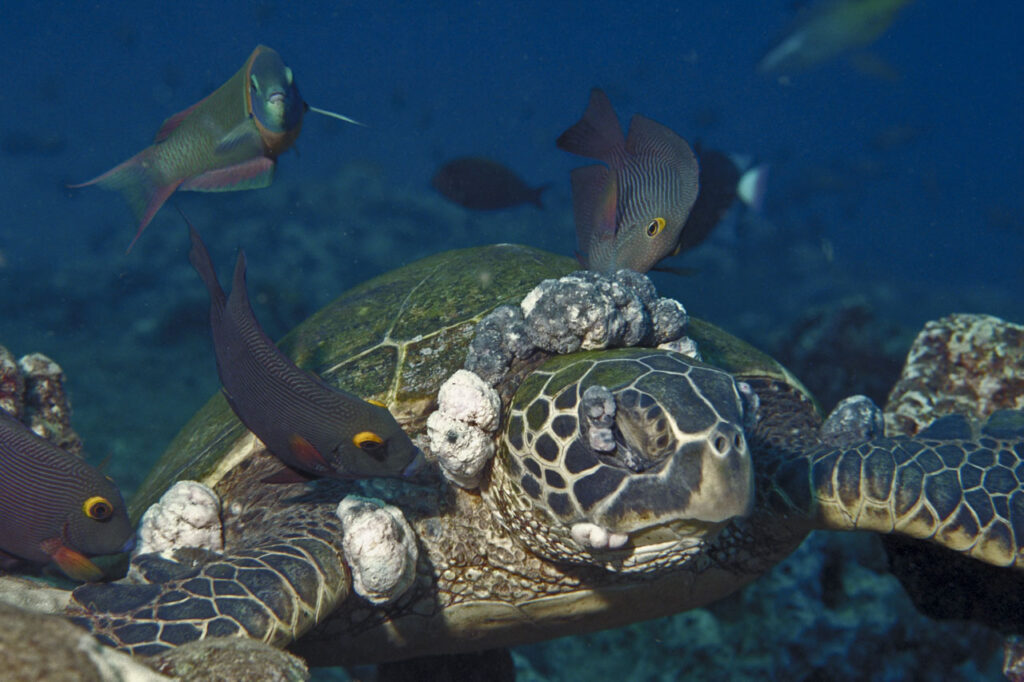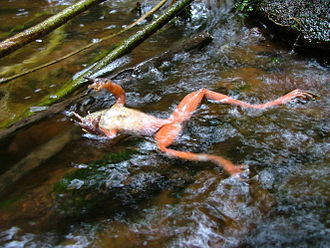When you think of decreasing population of species in the wild, what is the first thing that comes into your mind? You may have thought of climate change, habitat loss, illegal wildlife trade, poaching and the most obvious one being interference of humans in wild habitats. However, wildlife diseases are equally devestating
One major factor contributing to decline in species population happens to be infectious diseases in wildlife. As in any ecosystem, there are organisms that greatly differ in size, shape, level of organization as well as impact; and microorganisms including viruses, bacteria, fungi and parasites naturally coexist with other higher species. Diseases in the wildlife are common but what has changed in the past few decades? There has been a significant rise in emerging infectious diseases in wildlife which has led to spilling over to livestock and humans, Covid 19 being the most recent one. This is why we need to help counter the illegal wildlife trade.
Emerging Infectious Wildlife Diseases
Emerging Infectious Diseases (EIDs) are defined as diseases that have recently increased in incidence or geographic range, recently moved into new host populations, recently been discovered or caused by newly evolved pathogen. Depending on interaction of factors, different organisms can become resistant hosts, dead end host, spill over host or maintenance host. Wildlife reservoirs have been identified to be the cause of several zoonotic diseases (diseases transmitted from animal to human) like plague, rabies and tularaemia. The recent spike in zoonotic diseases can be attributed to anthropogenic activities.
The anthropogenic activities can broadly be classified into two types- human encroachment into wildlife and increased popularity of wildlife. The first factor is an issue that we have been witness to for centuries. Humans have since time immemorial moved around and claimed land to be theirs and more recently destroyed natural habitats. It is the leading cause of wildlife decline and is an issue that needs to be tackled. Strict laws protecting lands and specific species from both habitat loss and illegal hunting and wildlife trade are vital to combating this. This increased interaction of man with wild has resulted in spilling over of pathogens to both livestock and humans.
Reverse zoonosis can also occur wherein, diseases can be transmitted from humans to animals. Examples of this includes from humans to captive elephants, which also go a horrendous plight. The second factor which includes increasing interest and popularity of wildlife is interesting as it has both negative and positive effects. On the bright side, with more awareness and information about wildlife, disease monitoring and detection is done which was not a common phenomenon in the years before. At the same time, wildlife tourism only encourages interaction between man and wild, which must be limited.
What are some implications of wildlife diseases?
Wildlife diseases are a cause of concern for both mankind and wildlife. In the wild it has resulted in massive reduction in populations. In the last 50 years there has been a steady increase in wildlife mortality due to infectious diseases. This can pose serious challenges to wildlife conservation efforts. A few diseases that have caused drastic reduction in species numbers are chytrid fungus, chronic wasting disease, fibropapillomatosis, severe kidney disease of vultures and sea star wasting disease.
Fibropapillomatosis

Fibropapillomatosis also referred to as FP is a viral disease seen in turtles. It causes formation of cauliflower like tumours anywhere on the body of the turtle including eyes and mouth. They can even be formed on internal organs. The disease manifests in mild and severe cases. In sever cases it can lead to debilitation and ultimately death. The disease has been observed to commonly affect green turtles. Emerging sometime in the 1800s, it first appeared in scientific literature only in 1938. It gained attention in the 1980s when there was increased occurrence of the disease in endangered green turtle populations.
Chytrid fungus

Chytrid fungus or Amphibian chytridiomycosis is a fungal disease seen in amphibians, especially frogs. It can be fatal to them. Beginning in the 1970s, the disease spread globally and brought to light how diseases in wildlife can be a major threat to biodiversity. Chytridiomycosis is caused by two species, Batrachochytrium dendrobatidis and Batrachochytrium salamandrivorans. Both the species are native to South Asia but got introduced to other countries through global trade of amphibians for food, pet, or research animals. This disease appears as a skin disease and the frogs later die of heart failure. In total, the fungi have driven at least 501 amphibian species to decline and has led to the extinction of at least another 90 in the wild.
Chronic Wasting Disease
Affecting deer, elk, reindeer, sika deer and moose, chronic wasting disease is a prion disease that is found in some areas of North America, including Canada, Norway and South Korea. It is a neurological disease and can take up to year for the animals to manifest any symptoms. It is a disease of concern as the transmission is direct animal to animal and there is no treatment or cure for the same. It shows 100% fatality rate. Between 1988 and 2006 deer abundance declined by 45% due to chronic wasting disease.
Severe Kidney Disease
This is an example of transmission of disease from livestock to wildlife. The disease is seen in vultures. Diclofenac a commonly used anti-inflammatory agent and painkiller for animals has led to the death of several vulture populations that feed on animals medicated with the same, as they are highly toxic to vultures.
Sea star wasting disease
Since 2013, large number of sea stars have been dying due to a disease called sea star wasting disease. It is caused by a virus. Usually, lesions appear on the ectoderm, and they essentially disintegrate. Their limbs crawl on the ocean floor and eventually die. This disease has been exacerbated due to human induced climate change. Sea stars are extremely important predators in intertidal ecosystems and transmission of disease can lead to rapid decline in populations.
Awareness of these emerging wildlife diseases is extremely important for several reasons including, public health, wildlife conservation, climate change and equilibrium in different ecosystems. Information on diseases and the impact it has on native wildlife population can help devise conservations schemes and plans to rehabilitate these vulnerable species.
Help us Help Them! Think Wildlife Foundation is a non profit organization with various conservation initiatives. Our most prominent campaign is our Caring for Pari intiative. Pari is a rehabilitated elephant at the Wildlife SoS Hospital. 25% of the profits from our store are donated to the elephant hospital for Pari. Other than buying our wonderful merchandise, you could donate directly to our Caring For Pari fundraiser.
Written by Manasa Ramesh
